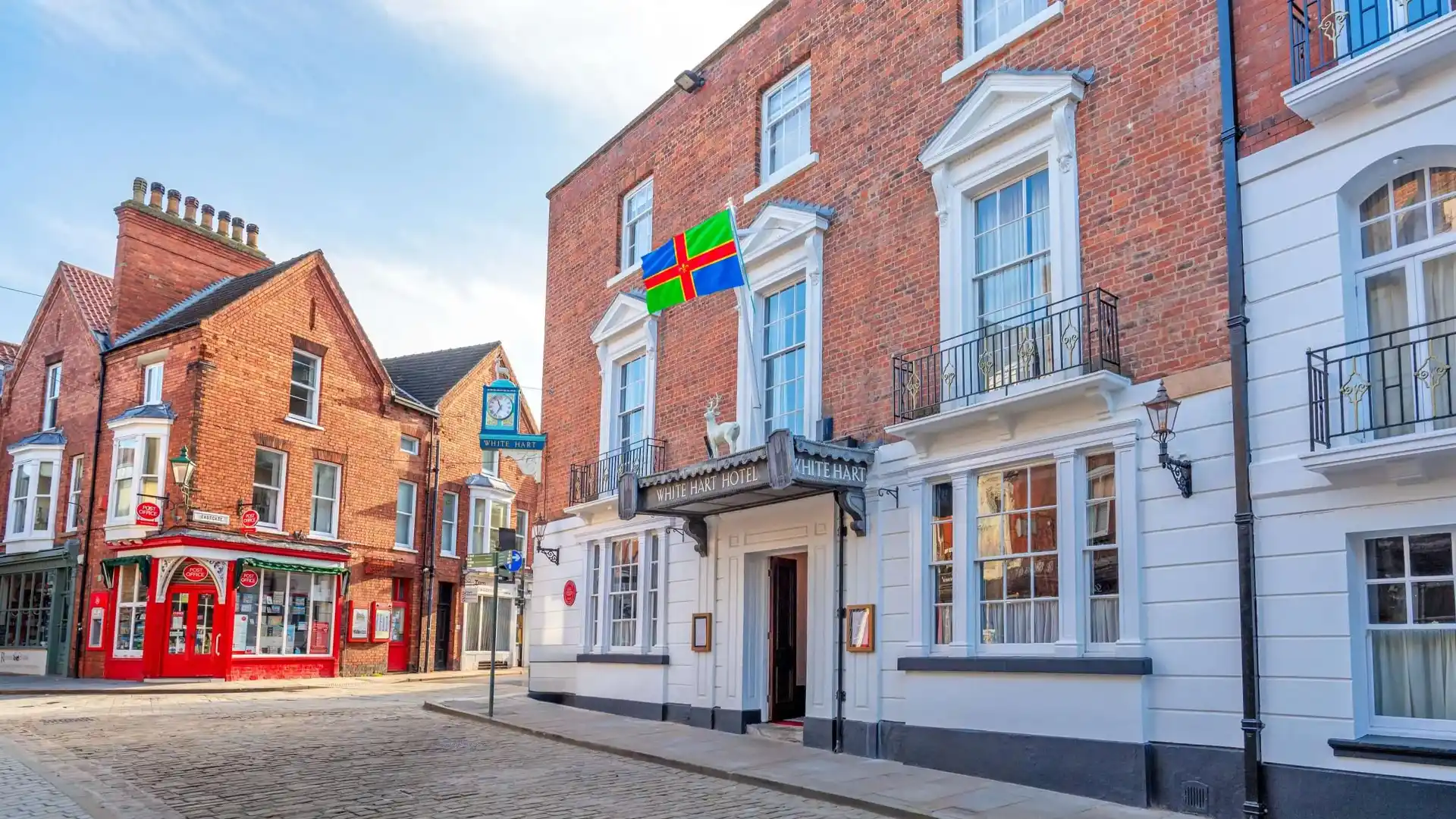The ruined Hussey Tower is all that remains of the family home of of Sir John Hussey – 1st Baron Hussey of Sleaford and courtier to King Henry VIII.
A short walk from Boston town centre, the grounds are open daily from dawn until dusk.
If you’re interested in history, then a visit to Hussey Tower is a must. A fascinating story lies behind the ruins before you.
Built in the mid 15th century, the house originally consisted of a baronial tower in which the Hussey family lived. It included a great hall, kitchens, servants quarters and stables. However, Henry VIII ordered that Hussey Tower be slighted (destroyed) after Sir John was found guilty of treason in 1536.
Today, all that is left of Hussey Tower are the ruins of the tower. On just two days a year, The Heritage Trust of Lincolnshire allows access to the tower.
History of Hussey Tower and the Lincolnshire Uprising
Hussey Tower was a grand manorial home owned by Sir John Hussey (1465 – 1536), 1st Baron Hussey of Sleaford.
Prominent in the court of King Henry VIII, Sir John was Chamberlain to Princess Mary, eldest daughter of Henry and Catherine of Aragon, Henry’s first wife. From 1521, he was also Chief Butler of England.
When Henry divorced Catherine of Aragon, broke away from the Church of Rome and established the Church of England, many Catholics, including Sir John Hussey, remained loyal to the Roman Catholic Church.
On 2nd October 1536, thousands of Roman Catholics from across Lincolnshire marched upon Lincoln in protest against the establishment of the hated Church of England and the Dissolution of the Monasteries. This protest was known as the Lincolnshire Rising and it is what modern day Lincolnshire Day celebrates.
The protesters occupied Lincoln Cathedral on 12th October and demanded the freedom to worship as Roman Catholics.
An angry Henry ordered that they disperse or be forcibly removed by The Duke of Suffolk and his army. Within two days, the protesters had fled and the Lincolnshire Rising had been put down. Its leaders were eventually tried and executed.
Further Uprisings
However, the Lincolnshire Rising was the inspiration behind a similar, but much more infamous, uprising in Yorkshire – the Pilgrimage of Grace.
The Pilgrimage of Grace was a protest not just against England’s new religious turmoil, but also against some of Henry’s economic and political policies. It is thought that about ten thousand dissidents converged on York and occupied the city. It wasn’t long before religious orders were re-instated and Roman Catholic rites re-introduced in York.
In order to prevent further revolt sweeping across the north, Henry promised to pardon the protesters if they disbanded. He also agreed to halt the destruction of monasteries and convene parliament in York within 12 months.
Unfortunately for the dissidents, the king went back on his word. A furious Henry ordered that the ringleaders be tried as traitors.
Despite denying involvement in either the Lincolnshire Rising or the Pilgrimage of Grace, Sir John Hussey and his cousin Thomas Darcy were accused of being conspirators, tried by the House of Lords, and found guilty of treason. Sir John Hussey was beheaded at Lincoln Castle in 1536. Thomas Darcy was executed at the Tower of London.
Hussey Tower was destroyed on the orders of King Henry VIII and its ownership was passed to the town of Boston.
It has remained a ruin ever since.
If you’re into your Tudor history, particularly that of King Henry VIII, why not try these popular books?







